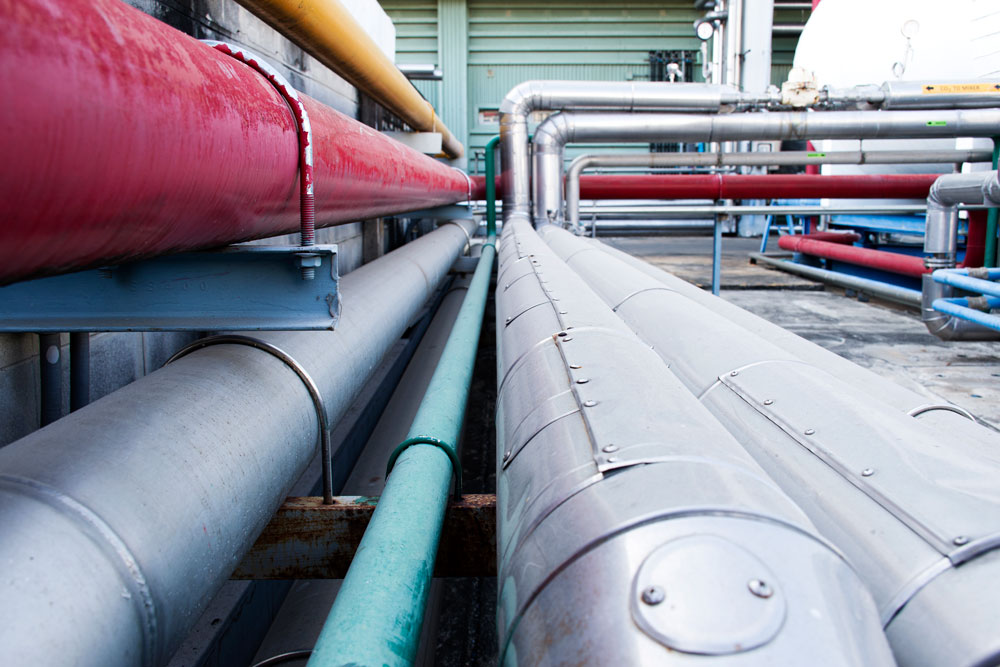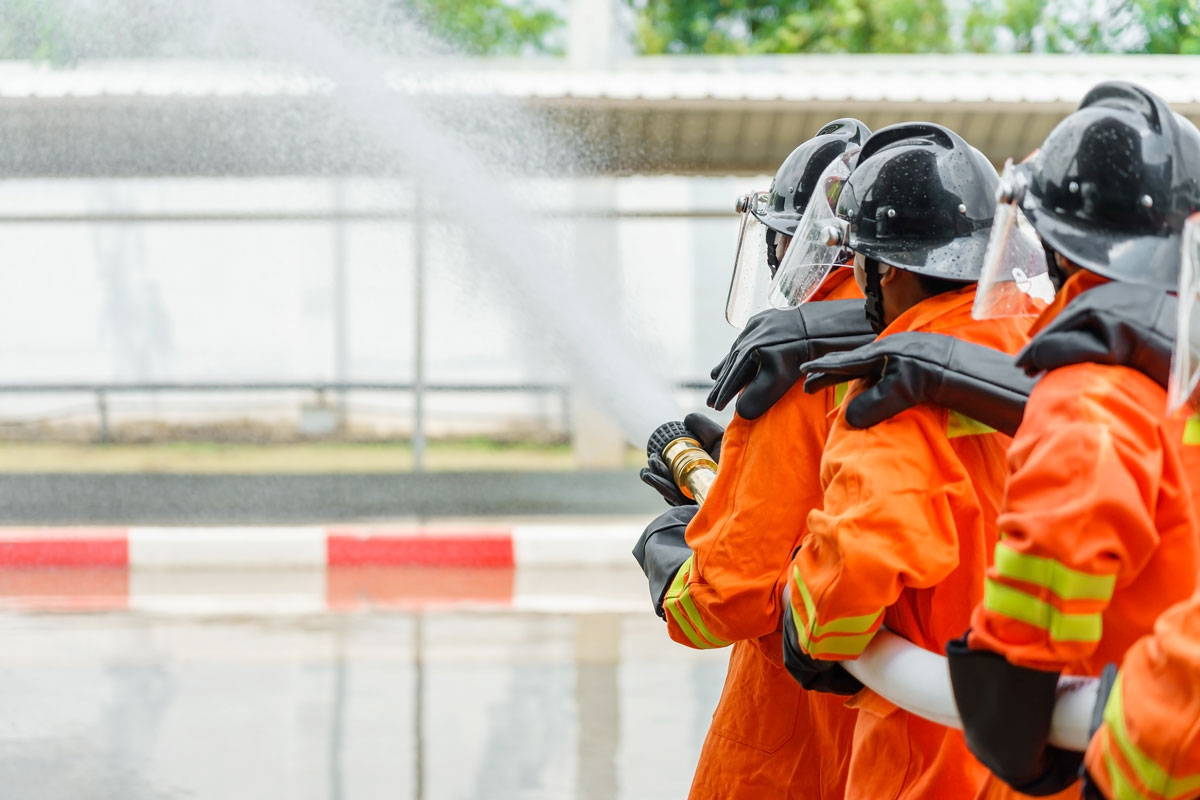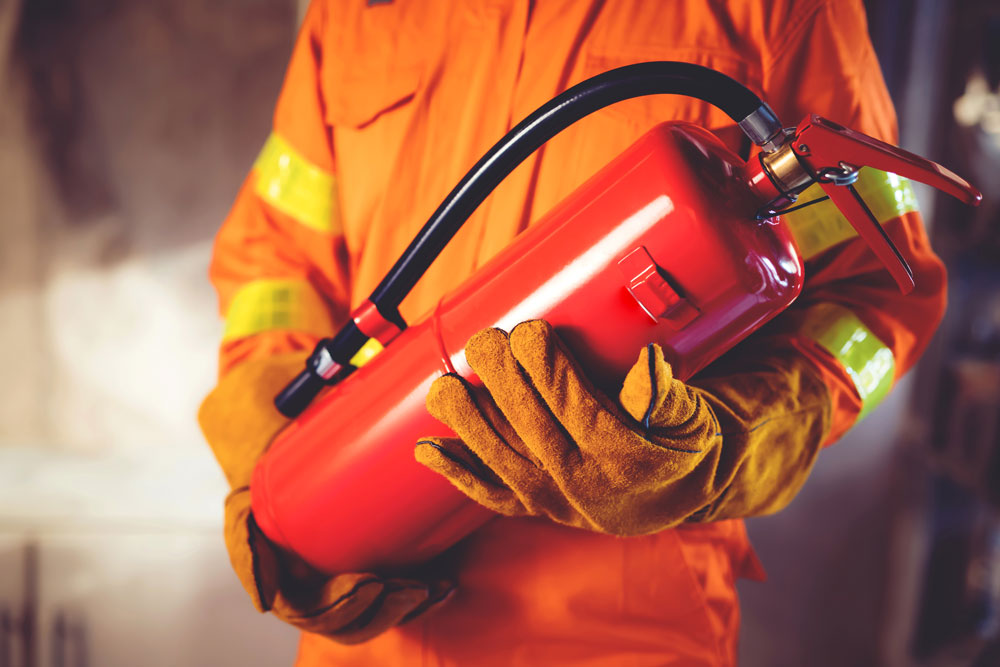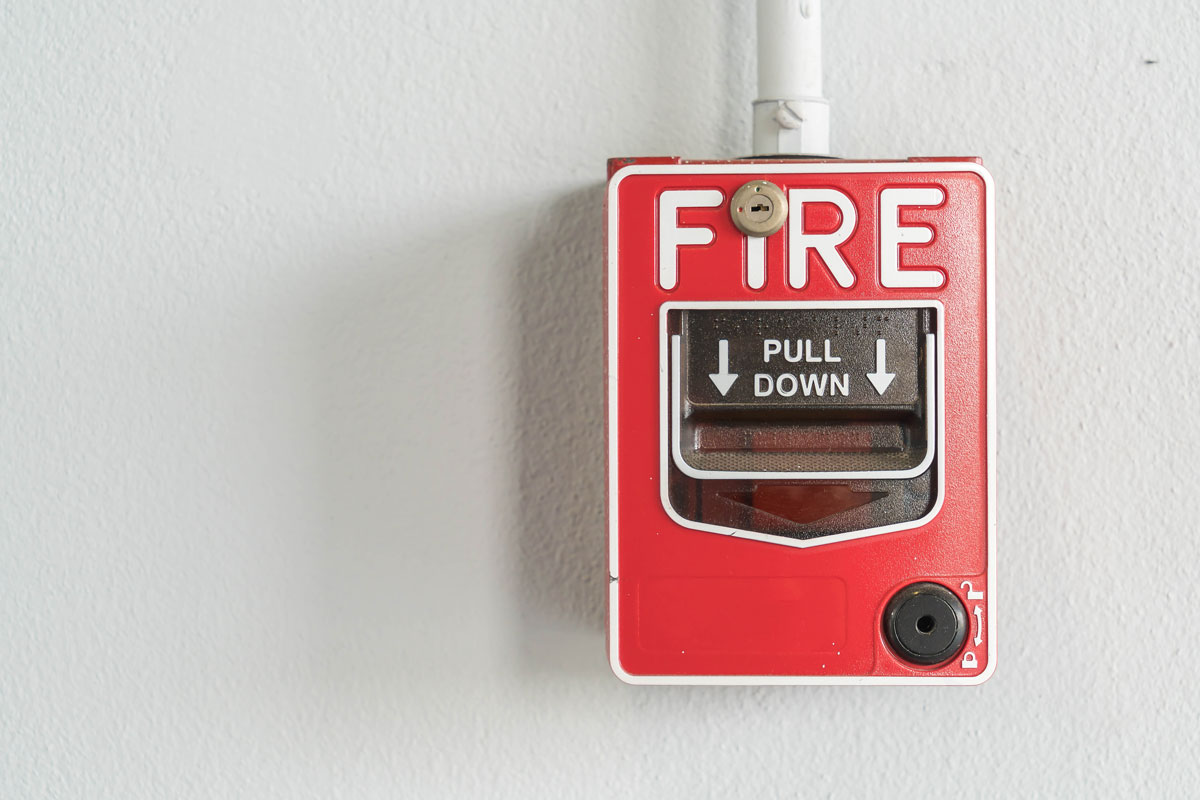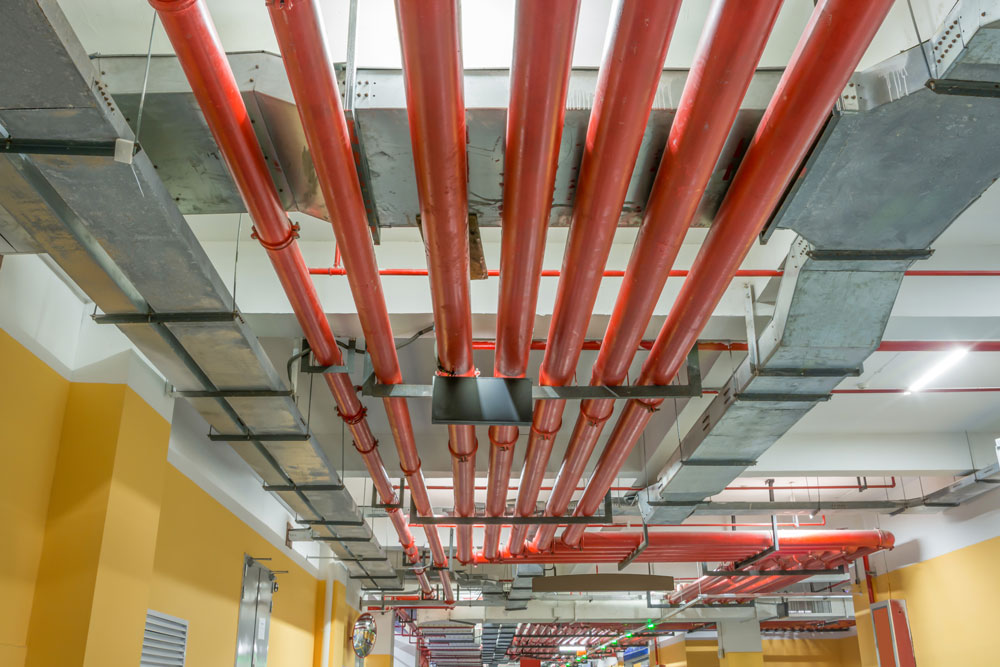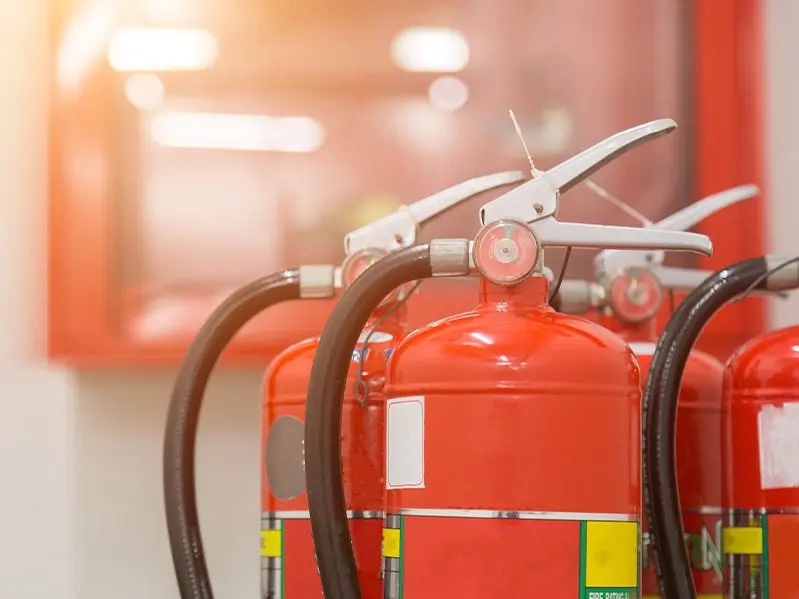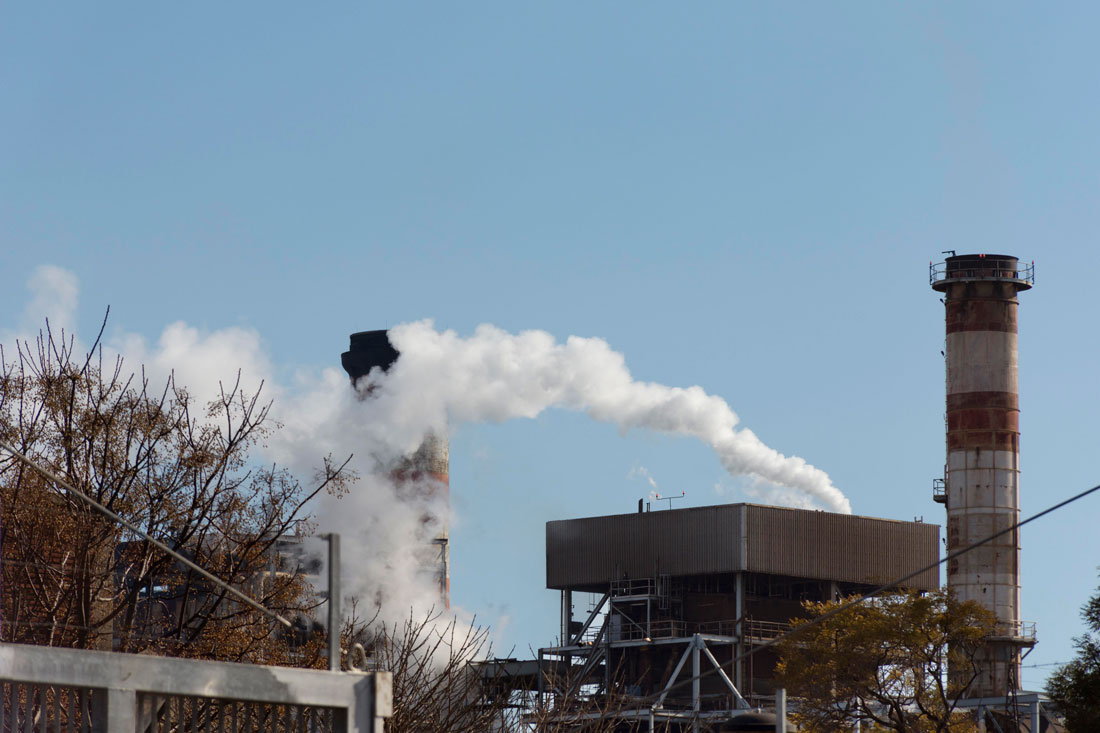Fire safety measures include those intended to prevent the ignition of an uncontrolled fire and those used to limit the spread and impact of a fire.
Tag Archives: Fire Detection System
A fire alarm is a standalone device or a complete network of devices installed in a building or an area, which gives audible and/or visual warning of an outbreak of fire in that building or area.
CO2 fire extinguishers are mainly aimed at electrical fires but are also suitable for Class B liquid fires and are used in different ways depending on the type of fire they are being used on.
it is expected that IFSS-CP shall be adopted incrementally and systematically and that it is capable of being used in all markets and jurisdictions in conjunction with existing regulations and associated standards.
IFSS-CP establishes overarching, performance-based Common Principles for fire safety engineering design, construction, occupation and ongoing management.
Emergency and Heating, Ventilation and Air Conditioning (HVAC) layouts, as well as fire suppression systems, can provide valuable details on a building’s possible behavior and the scope of an incident.
Fire outbreaks and gas leaks in processing plants can cause significant damage and loss of life.
Inert gas suppression systems use argon and nitrogen gases and their mixtures as an extinguishing agent and are based in the principle of reducing the oxygen concentration inside the protected hazard.
Twin-Agent Fire Protection means the “twin-attack” capabilities of dry chemicals and foam firefighting agents.
With a carbon dioxide system, the clean-up costs and downtime associated with a CO2 discharge are negligible. It has been used as an effective fire extinguisher since the early 1900s.
- 1
- 2




